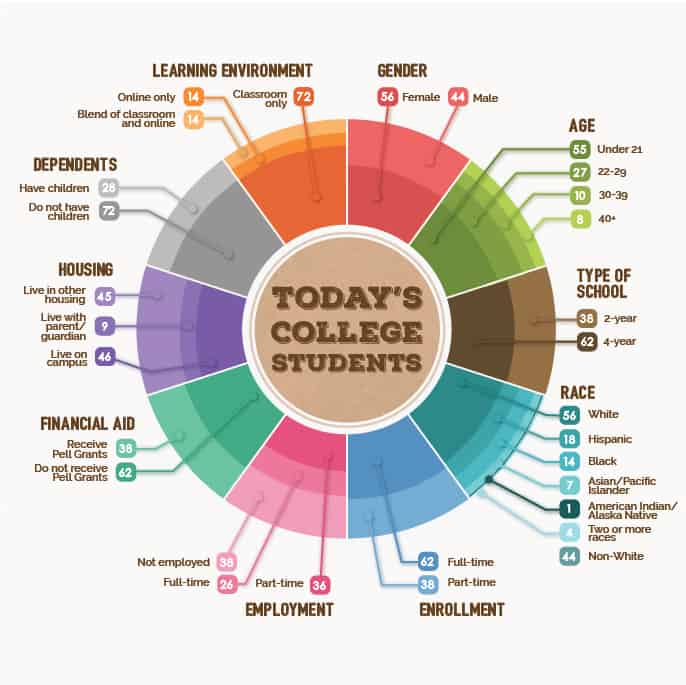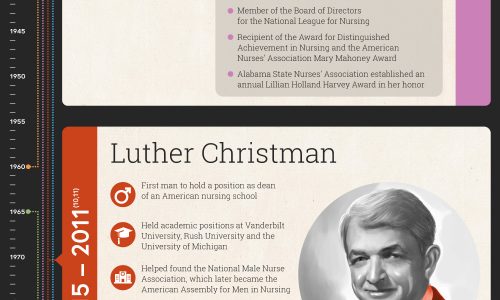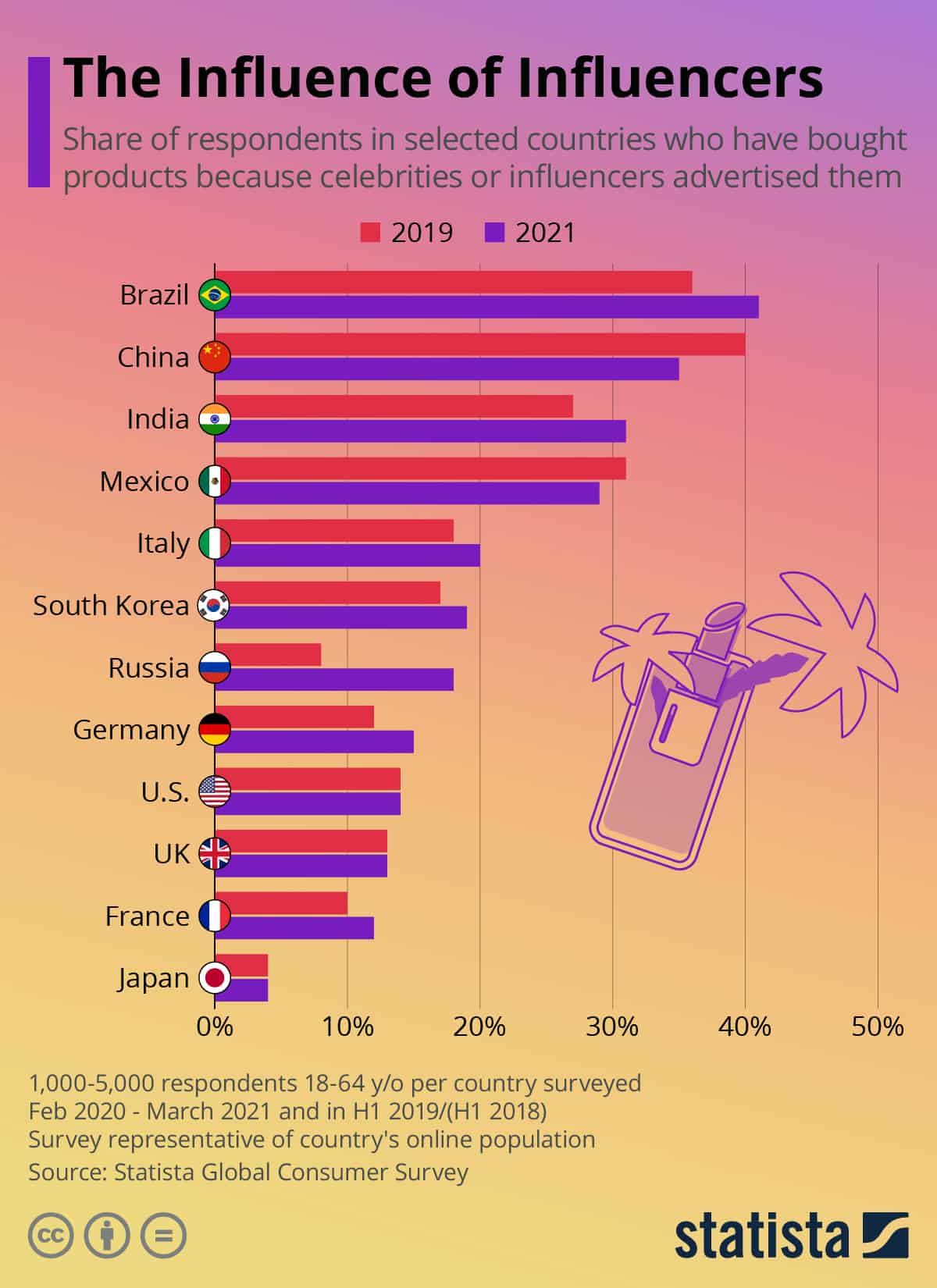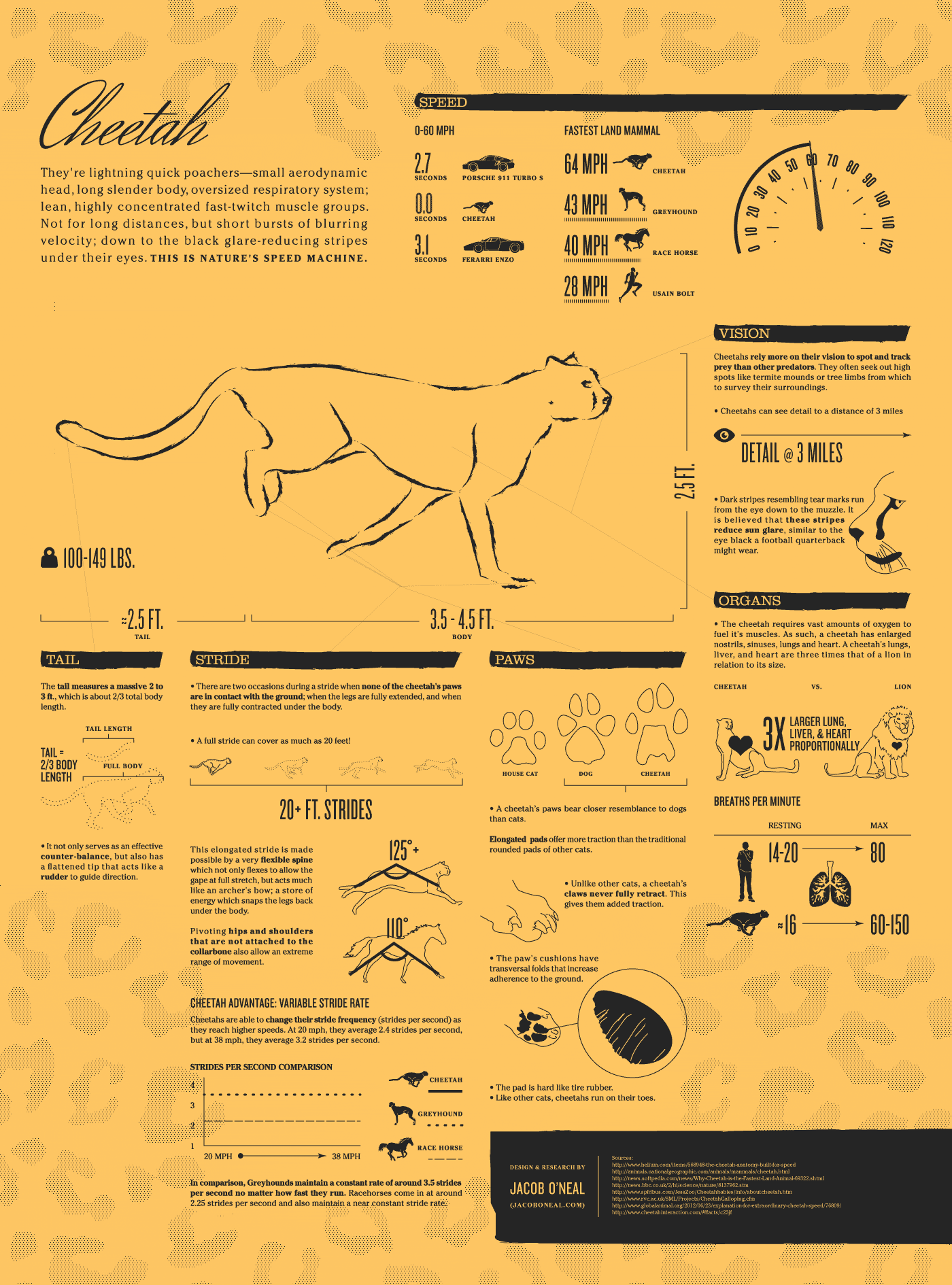
What first comes to mind when you envision a college student? Do you think about the newly turned 18-year-old with a brand new roommate who’s getting out of the house for the first time? What about the working parent who is getting out of night class just in time to pick up their kids to do it all again tomorrow?
As an adjunct professor at a college, I can attest to the fact that college students in the United States look like these two characters and many, many more. The college student population is a diverse one and is ever-changing—especially with more opportunities for e-learning.
While 72% of college students are still grinding it out in the classroom, 14% are in hybrid programs (both online and in the classroom,) and the remaining 14% are taking their classes solely online. The majority of college students are under the age of 21, but 8% of people 40 years of age and older are still reaching their academic goals by attending school.
The margin is a little narrower when it comes to employment with 38% of college students who aren’t working, 36% who are working part-time, and 26% who have full-time gigs. These findings cite a graduation hinderance in the post-secondary education arena. Many programs are designed for, what I call, “traditional” students (i.e. fresh out of high school who are going to school full-time). The Bill & Melinda Gates Foundation is calling for institutions to help level the playing field when it comes to tailoring programs to the needs of all these types of students featured in the chart.
The landscape of education is changing! Are we changing with it?





